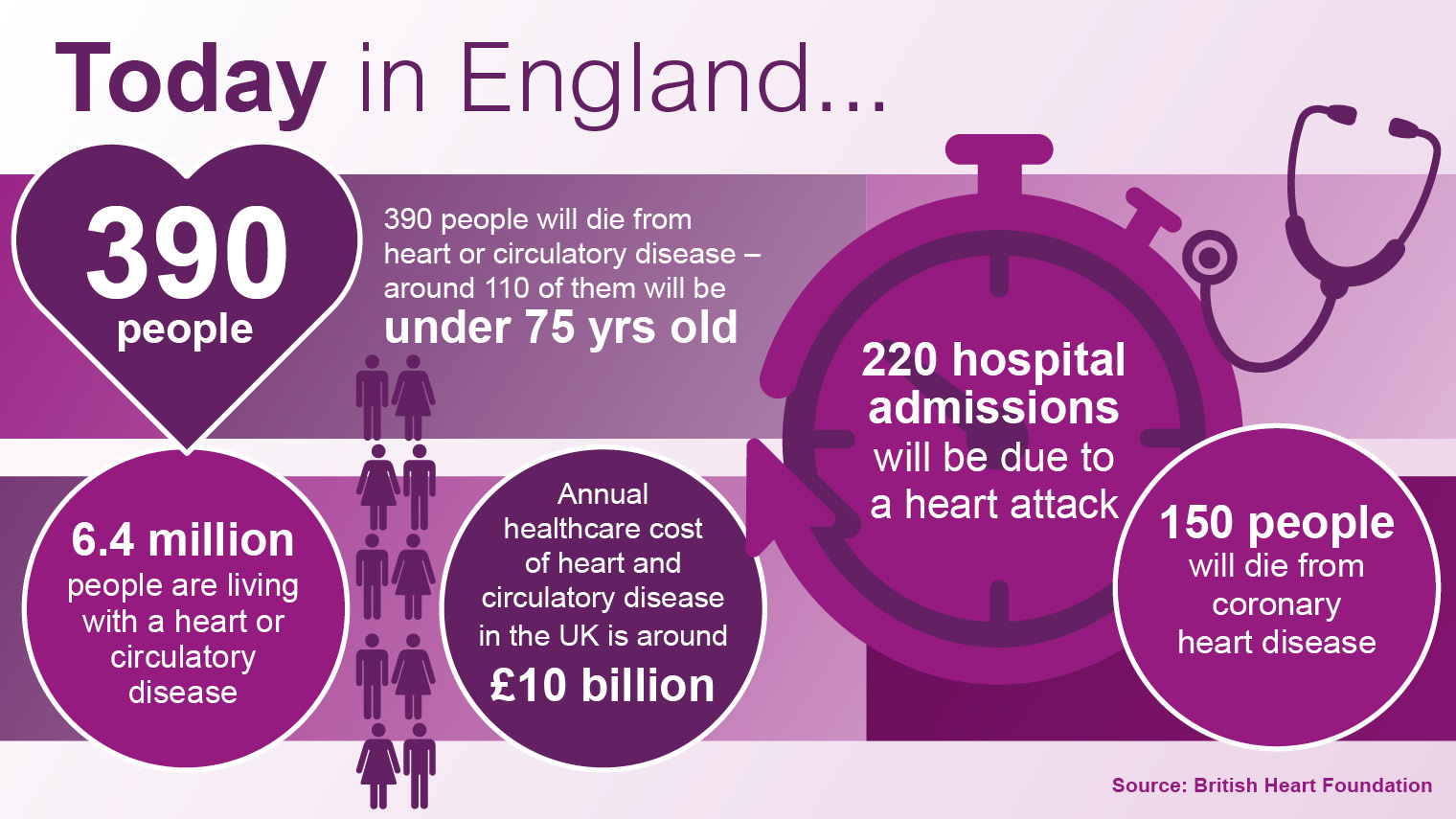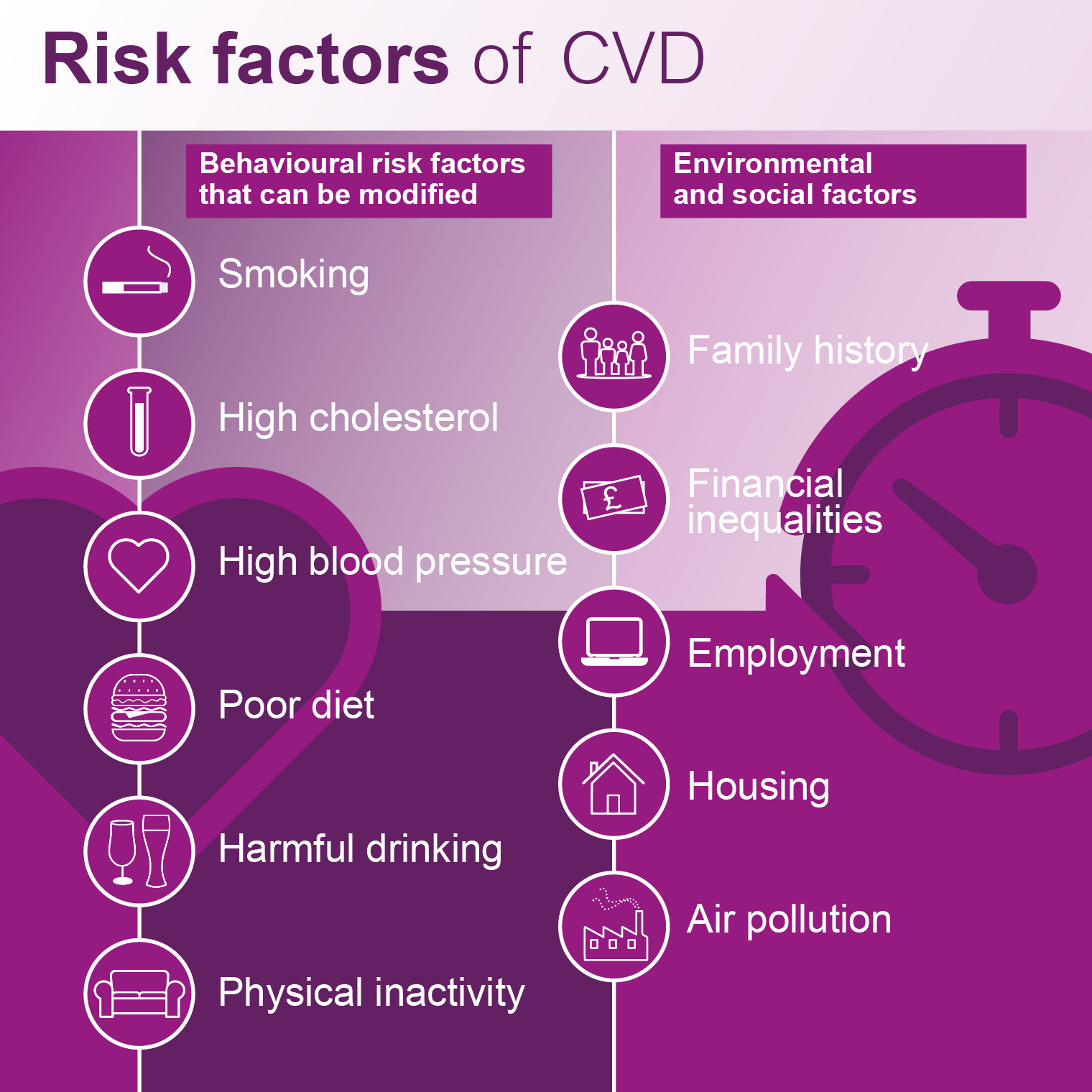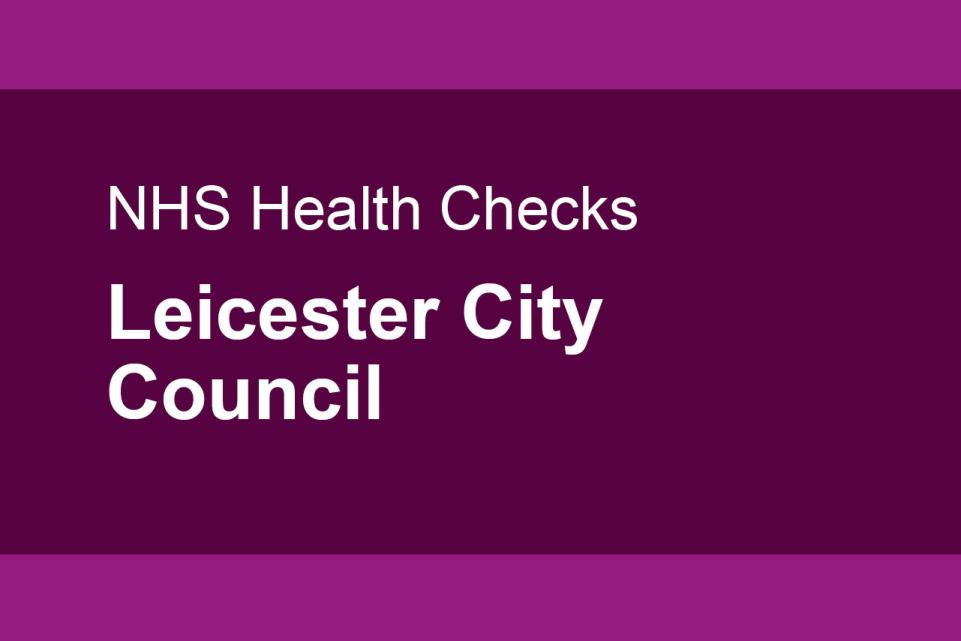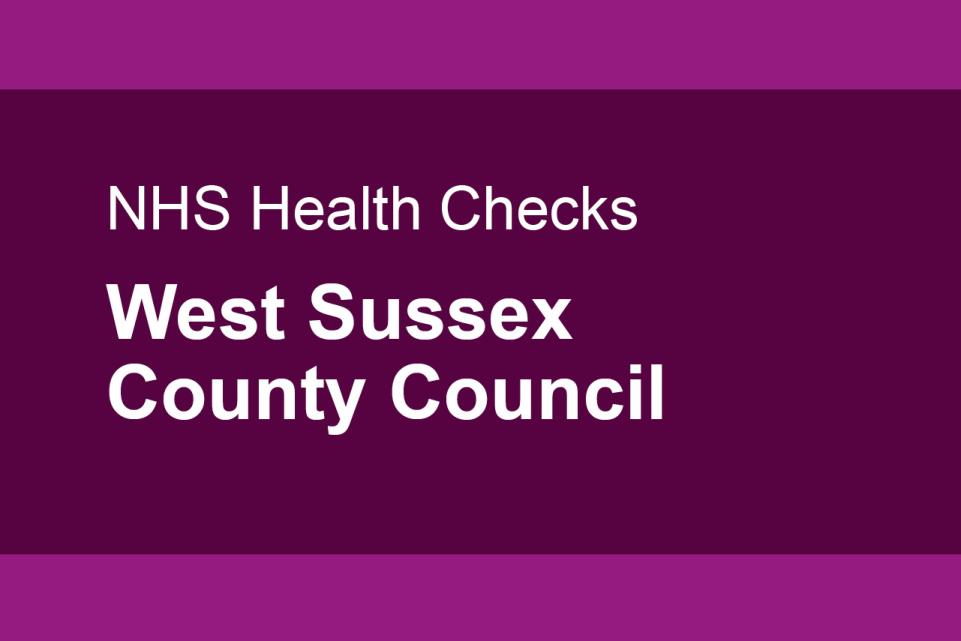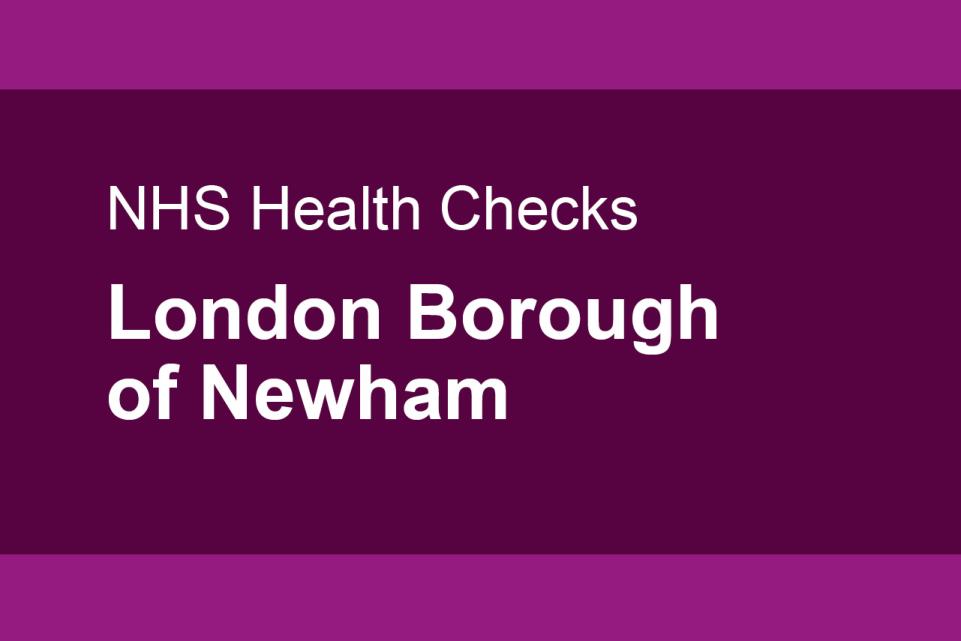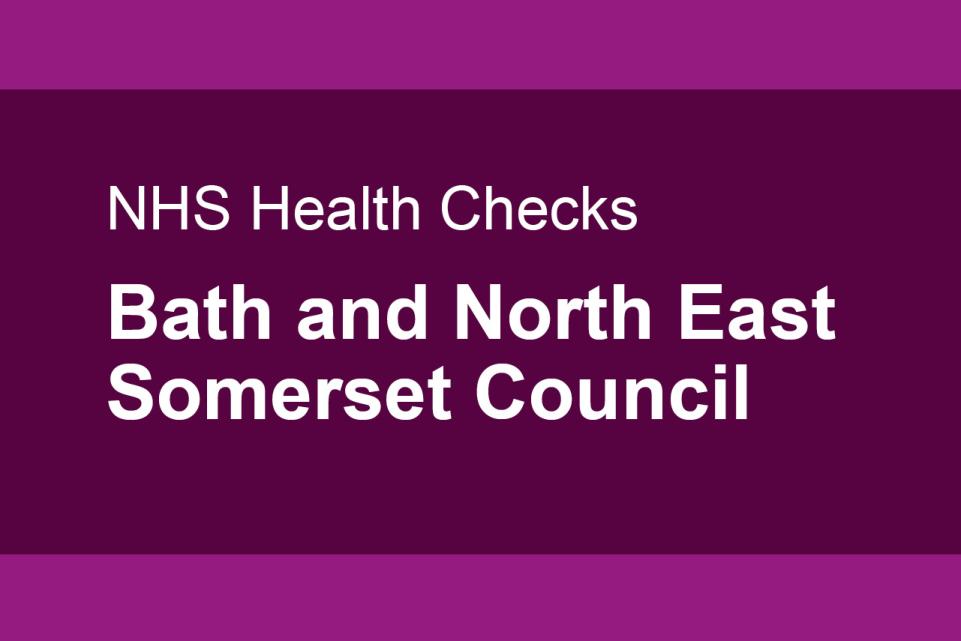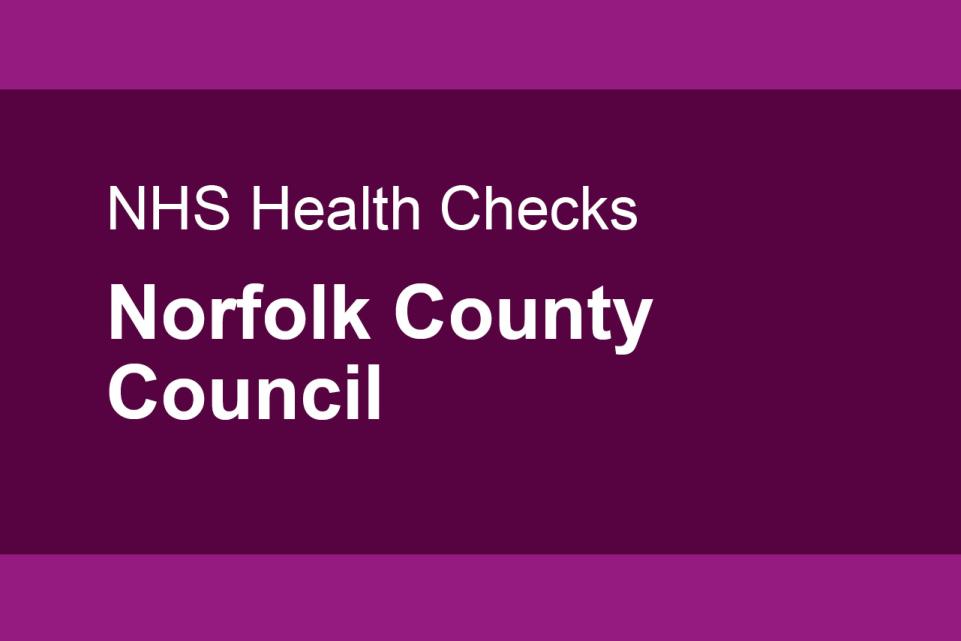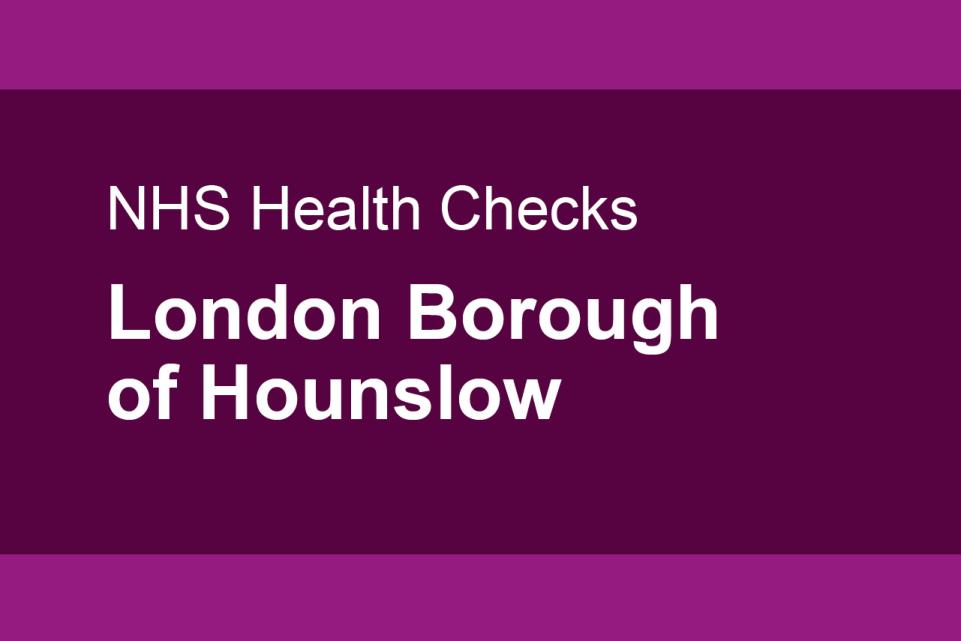
Introduction
We know that local communities across England are facing an epidemic of largely preventable diseases, such as heart disease, cancer, Type 2 diabetes and liver disease.
One in ten people continue to live with cardio-vascular disease (CVD). It is the second biggest cause of death in England with 390 people dying each day from a heart attack or stroke. Every day there are over 1,200 admissions to accident and emergency because of heart problems and 290 as a result of cerebrovascular problems.
Heart and circulatory diseases cause just over a quarter (26 per cent) of all deaths in England; that’s over 140,000 deaths each year – an average of 390 people each day or one death every four minutes.
The scale of undetected conditions such as high blood pressure is enormous. The British Heart Foundation estimates that seven million UK citizens have undiagnosed high blood pressure, increasing the risk of heart disease or a stroke.
The NHS Health Check is a national programme commissioned by local councils that systematically measures a range of risk factors driving the burden of CVD and other noncommunicable diseases such as dementia, respiratory disease and some cancers.
National research shows that the programme is cost effective, can prevent illness and has the potential to save 250 – 500 lives each year across England. It also shows that there is equitable take up of checks among high CVD risk groups and prioritising these groups is cost effective.
The NHS Health Check offers eligible people between the ages of 40 and 74, advice to help delay or prevent conditions such as heart disease, stroke, diabetes, kidney disease and certain types of dementia.
As the NHS Health Check provides us with a real opportunity to help people take control of their health its important we get as many people as possible taking up their offer. You can explore your local NHS Health Check data using the heat map, which provides information on offers and uptake of the checks by region and local authority area.
Many local councils consider NHS Health Check as a core programme within their adult health improvement programmes, since it provides a way of engaging people in early conversations about their health, risk and lifestyle changes. The NHS Health Check also provides an opportunity to identify and refer at-risk people into locally commissioned health improvement and treatment programmes.
Across the country local councils are using innovative ways to deliver the programme as highlighted in the case studies here.
The government is planning to roll out an NHS Digital Health Check service from spring 2024. The digital version of the check-up will let patients do their own check online, using a smartphone, tablet or computer. Patients will be given an online health questionnaire covering height, weight and blood pressure measurements, as well as the chance to conduct and report the results of their own blood tests at home.
Individual initiatives like this are not enough and we also know that not everyone can access digital support. Making more digital health checks available is a useful tool to detect certain illnesses but it should be treated as an addition to not a replacement of a physical health check, which is still the best way to provide early detection of ill health.
Non-communicable disease and disability has the greatest impact on the most deprived communities, so the NHS Health Check provides an opportunity to address entrenched health inequalities. Many local councils are using the NHS Health Check to target individuals or communities at increased risk by focusing efforts among socio-economically disadvantaged communities and using proactive outreach programmes to get into those communities who are less likely to attend their general practice.
Local councils have also been expanding the range of providers beyond general practice by offering an NHS Health Check in pharmacies, major retailers and the voluntary sector. This helps provide a flexible programme that meets the needs of their local communities.
Councils have done a tremendous job in inviting nearly 23.5 million eligible people to have a Health Check over the last ten years, of which nearly 11 million have taken up the offer.
Whilst we know there is a lot of hard work still to do to increase uptake, the NHS Health Check provides us with a real opportunity to help our local communities take control of their health and their future.
The diagnosis and treatment gap in numbers
The diagnosis and treatment gap
Hypertension
- Estimated adult population with hypertension - 13,550,700
- Estimated adult population with undiagnosed hypertension - 5,601,600
Atrial Fibrillation (AF)
- GP registered population with Atrial Fibrillation (AF) - 983,300
- Estimated GP registered population with undiagnosed AF - 422,600
CVD risk
- Estimated adult population 30 to 85 years with 10 year CVD risk > 20 per cent 3,960,200
Estimated percentage of people with CVD risk ≥20 per cent treated with statins 49 per cent
Understanding local needs
NHS Health Check Data
You can explore your local NHS Health Check data using the heat map, which provides information on offers and uptake of the checks by region and local authority area.
Ready Reckoner
The impact of the NHS Health Check on local populations can be assessed using the Ready Reckoner.
Public Health Outcomes Framework
The Public Health Outcomes Framework examines indicators that help us understand trends in public health such as premature mortality in individuals with CVD. There are 3 indicators related to NHS Health Check and a number of additional indicators related to cardiovascular disease.
CVD Return on Investment tool
The CVD Prevention Return on Investment Tool can help you to understand the costs, savings and health benefits likely to be produced by implementing a range of interventions or improvements in detection, or management of cardiovascular disease in your local authority.

